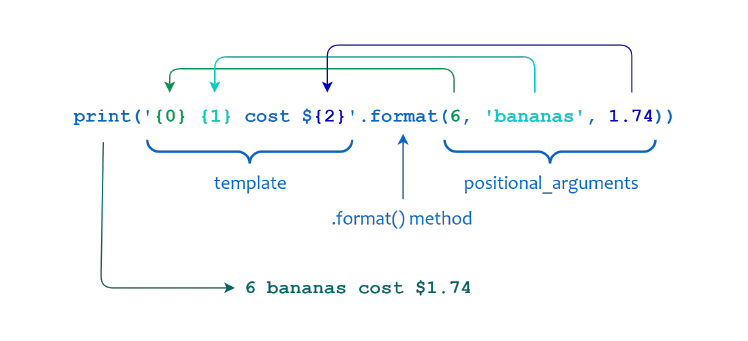Introduction
Python provides a rich set of built-in string methods that allow developers to manipulate strings easily and efficiently. String methods are functions that can be called on a string object and operate on its contents, modifying or returning a new version of the string.
Some of the most commonly used string methods in Python include len(), which returns the length of the string, strip(), which removes whitespace characters from the beginning and end of a string, lower() and upper(), which return a new string with all characters in lowercase or uppercase, respectively, and replace(), which replaces occurrences of a specified substring with a new substring. Other useful methods include split(), which splits a string into a list of substrings based on a delimiter, and join(), which concatenates a list of strings into a single string using a specified delimiter.
These methods provide a way to perform various operations on strings such as formatting, searching, replacing, and more. In this article, we will cover various string methods available in Python and their applications.
Also Read: How Long Does It Take To Learn Python
What are Python String Methods
Python strings are just Unicode characters enclosed in quotes. In any programming language, provisioning functions to manipulate the basic types is absolutely necessary to lower the development overhead. It cuts out the risk of non-optimal implementations for the most basic units of code.




